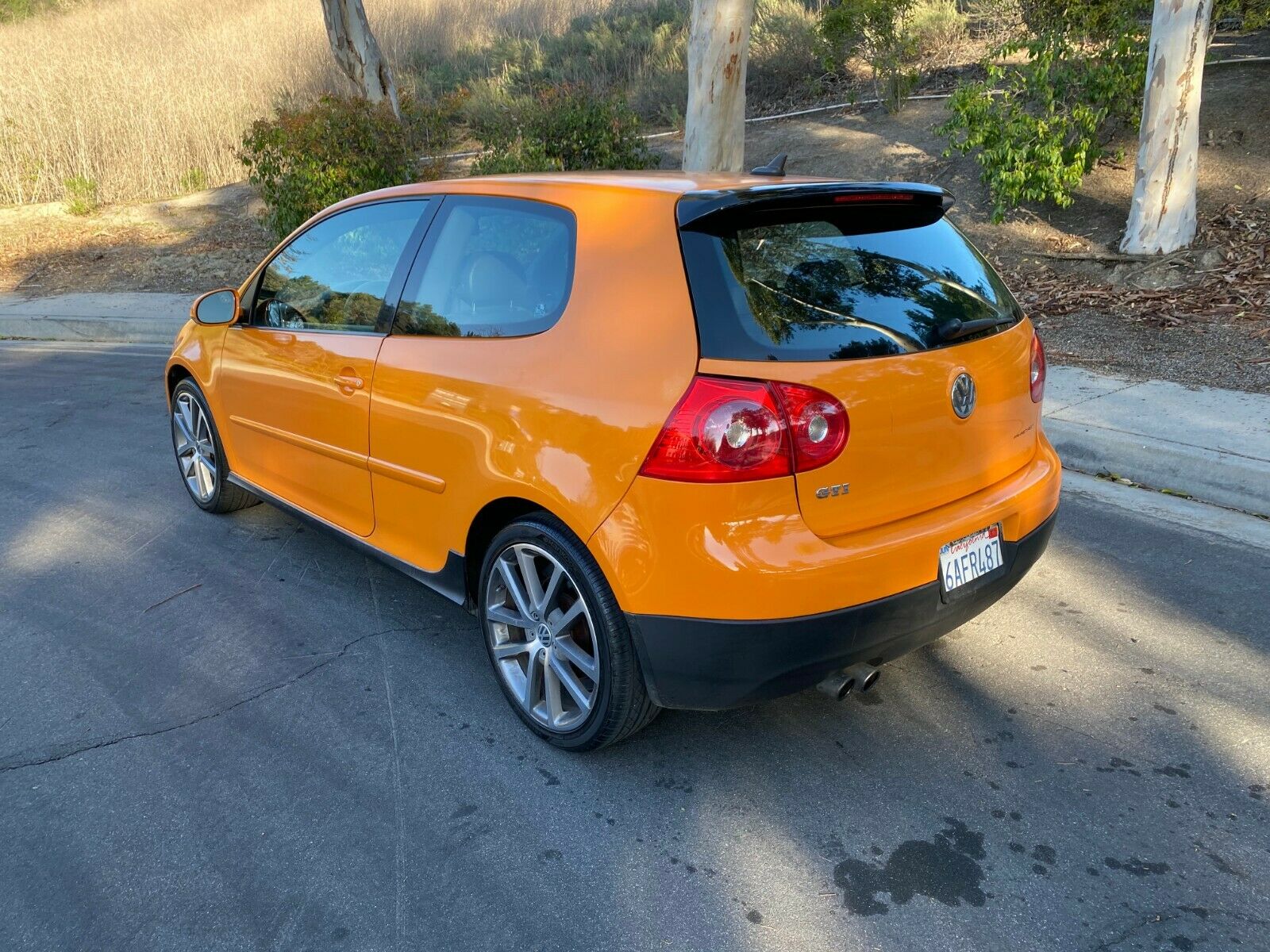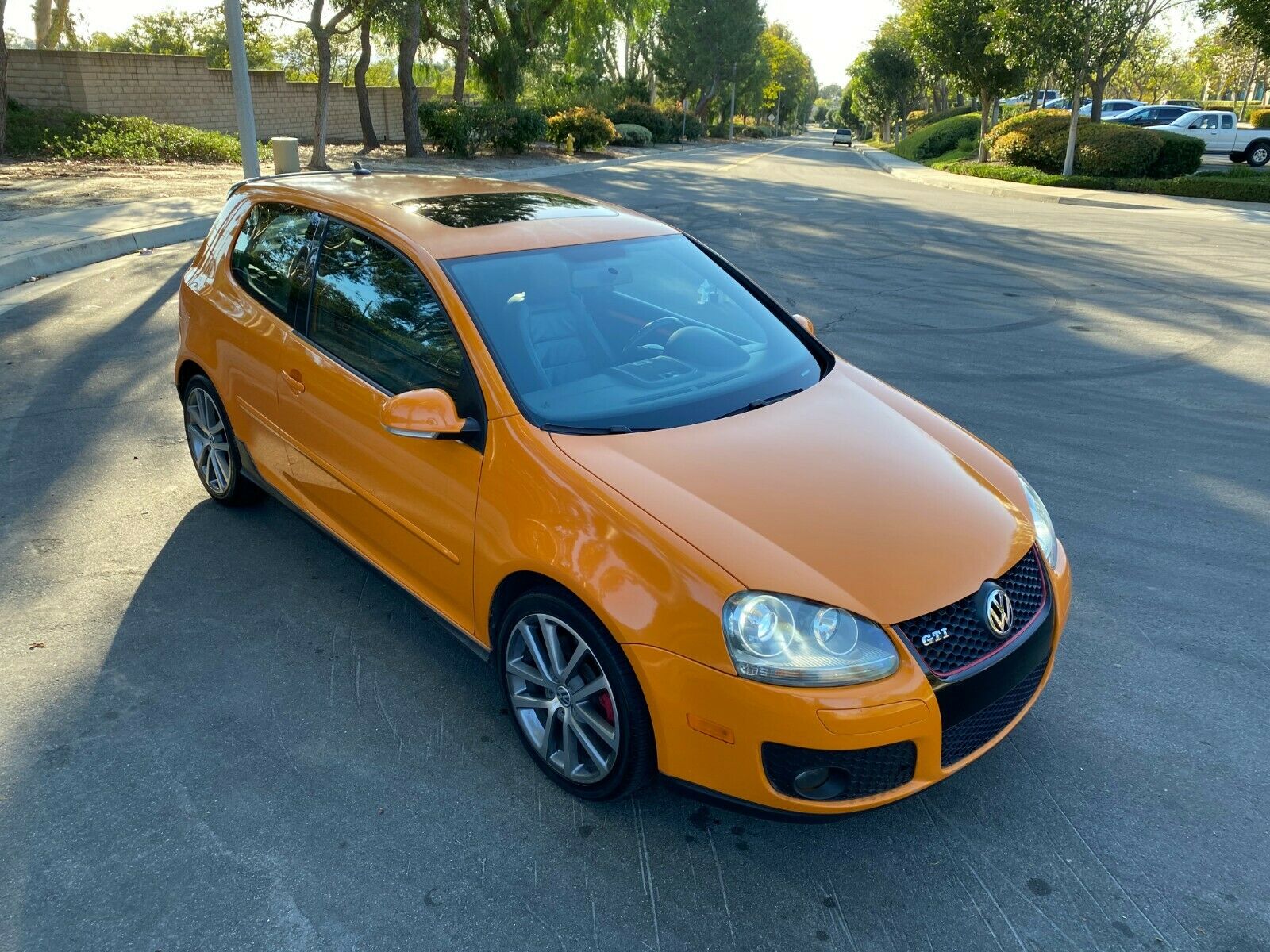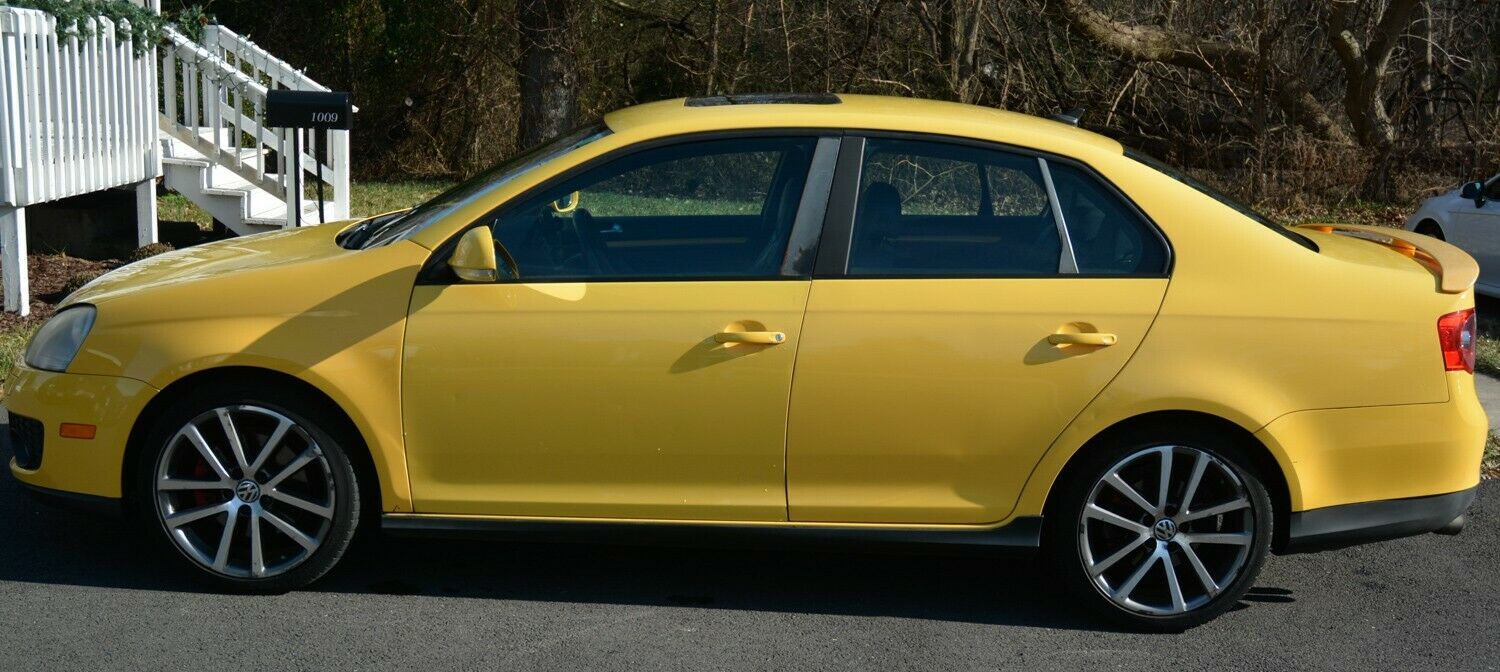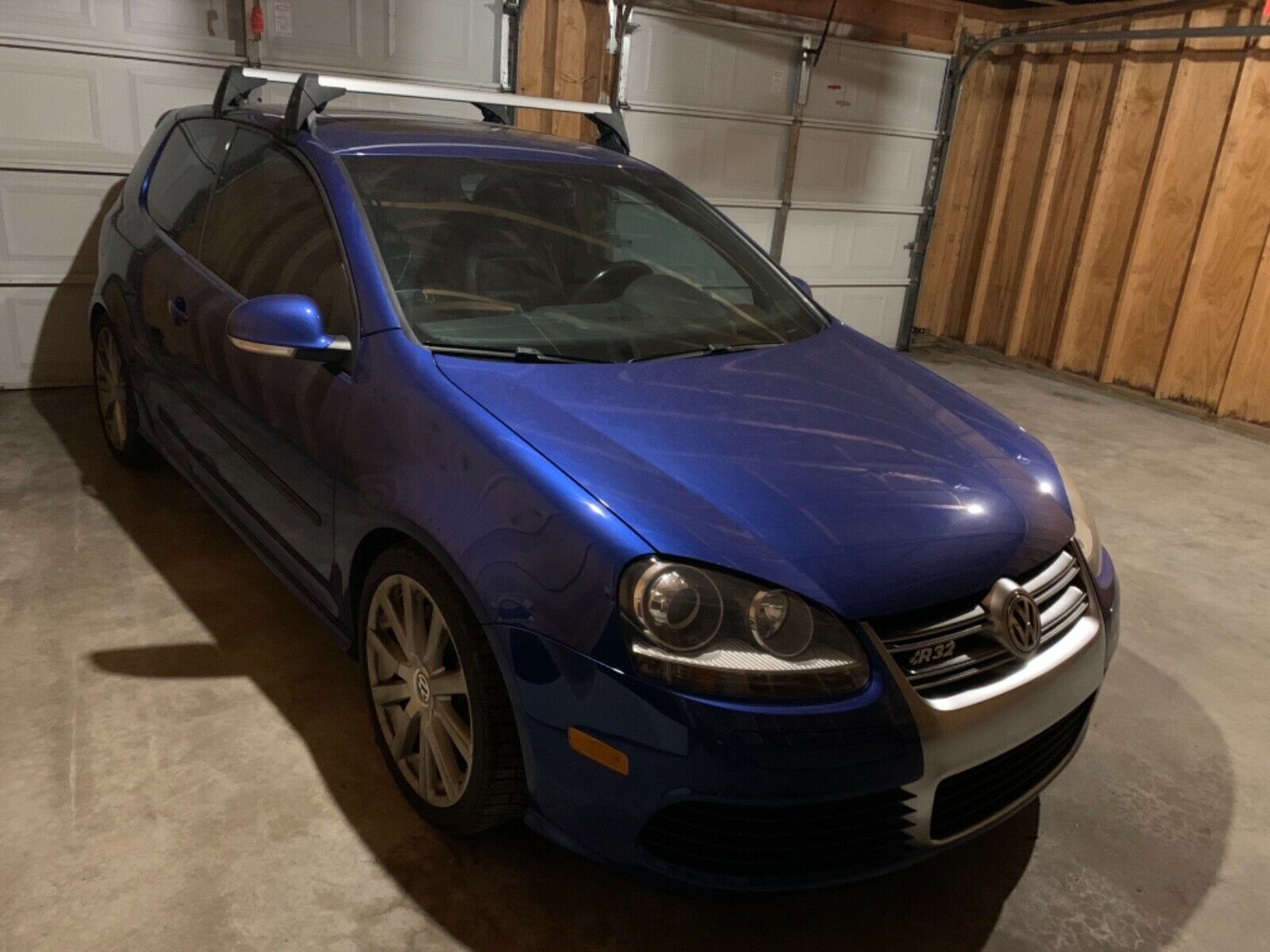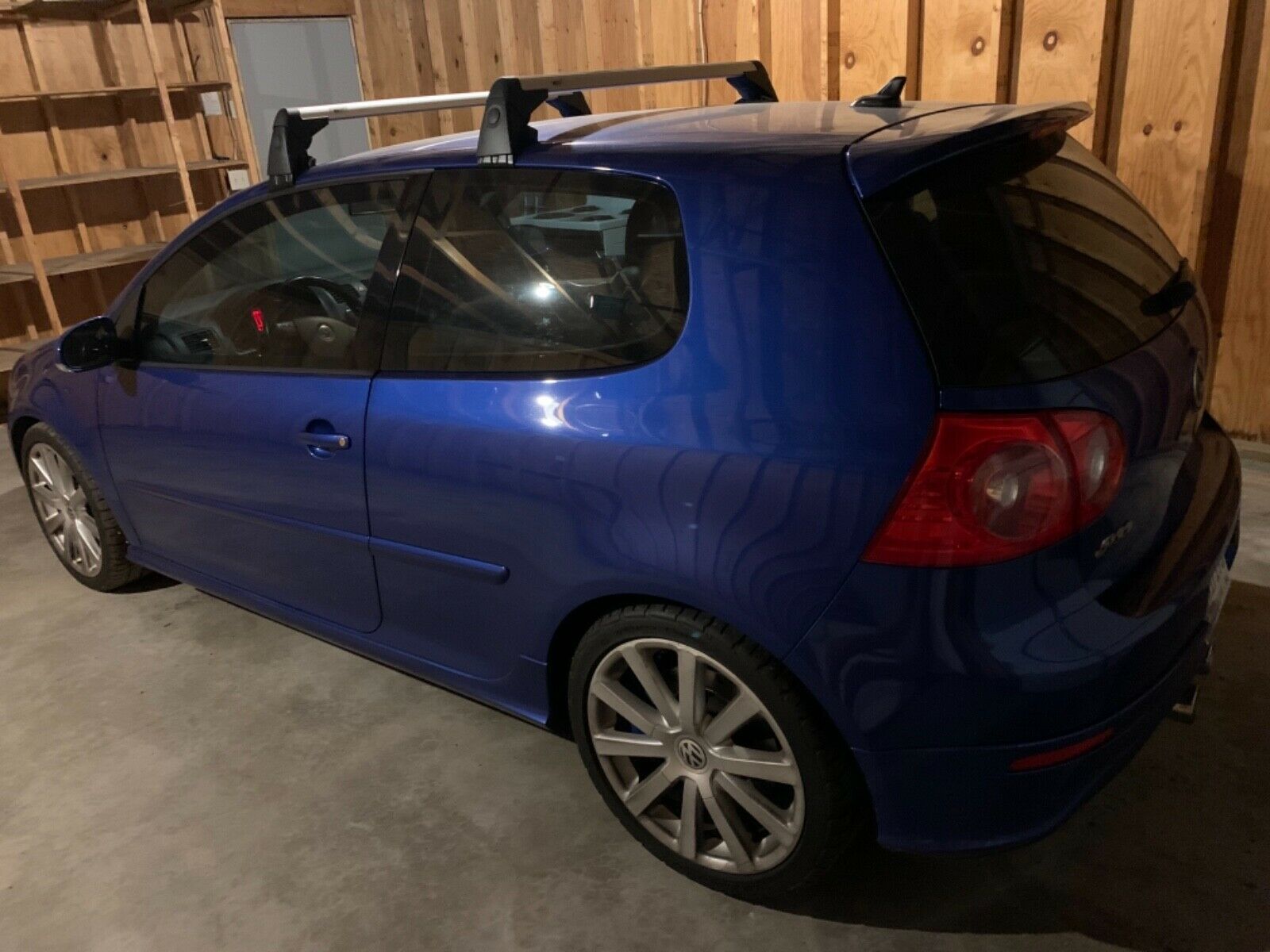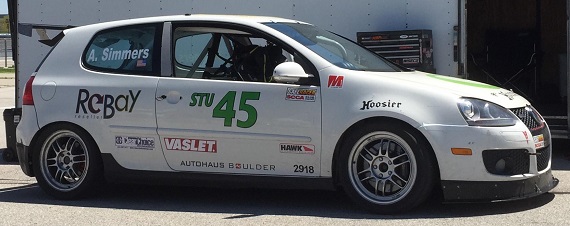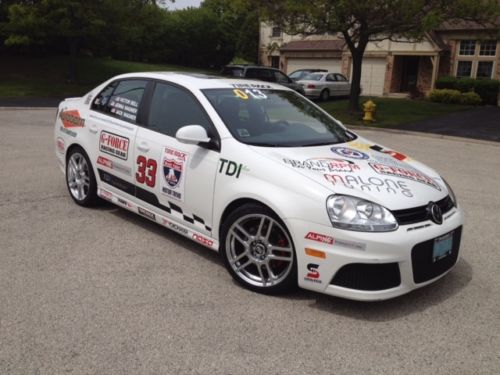So we just looked at the Fahrenheit Edition appearance package on the Jetta, and by an interesting coincidence a GTI popped up. The package was more or less the same between the two cars, though the GTI was Magma Orange instead of Imola Yellow. Otherwise, you got the same wheels, interior package, and performance. Similar to the Jetta, this particular car is claimed to have lived with one owner from new, and it’s racked up a lot of use – even more miles than were on the last example. But this one is a lot cleaner, has a bunch of recent maintenance, and (for better or worse) is fitted with the DSG gearbox. What does that do to price?
Tag: Mk. V
Back in 2007, Volkswagen launched two special editions with the same name but different specification; the Fahrenheit Editions of the GTI and GLI. Effectively these were limited-edition appearance packages; 1200 each of the GTI finished in Magma Orange and the GLI finished in Imola Yellow. Both got 18″ Charleston wheels, a numbered steering wheel with contrasting stitching, upgraded audio, the Premium Package, dual-zone climate control, a sunroof, and leather interior with heated front seats – otherwise, these were stock 2.0Ts with your choice of the DSG gearbox or the six-speed manual. They weren’t exactly cheap when new – you’d have to plunk down nearly $30,000 to get into one, at which point you were about $3,000 shy of a BMW 328i. Still, with only 2,400 imported, they’re somewhat rare to see, and this one has been owned by the seller since it was just 10,000 miles old. The thing is, that doesn’t mean it’s a keeper.
CLICK FOR DETAILS: 2007 Volkswagen Jetta GLI Fahrenheit Edition on eBay
1 CommentThe 5th edition of the Golf brought a new level of refinement and better build quality over the Mk.4, but performance was relatively unchanged due relatively unchanged power and weight. One thing that did change was that the U.S. bound R32s only came with the DSG automatic gearbox. In a straight drag race and around a track, the DSG was quicker, but is more expensive to run and lost some of the feel of the manual “chuck-ability†of the Mk.4. The real shame with the Mk 5. is that there was a 5-door version and manual option in Europe but VAG opted to not import them. It’s too bad because they might have been a clear challenger to not only hatches but the WRX/Evo crowd. However, one thing is for sure – they’re now cheaper than equivalent 4th generation cars. Today’s 2008 model is represented in Deep Blue Pearl, the signature color for the R32:
CLICK FOR DETAILS: 2008 Volkswagen R32 on eBay
2 CommentsThere are some (quite a large number, in fact) who claim you can’t have fun on a race track in a front wheel drive car. I know quite a few of them. And in the wrong front driver, they’re likely right. Take a 1976 Cadillac Eldorado with its 8.2 liter V8 channeled through one front tire at any time and enough body roll to mimic a rowboat during Katrina and the recipe might be humorous, but doubtfully fun. However, 1976 also saw the introduction of a revolution in front drive platforms – the very first Golf GTi. Consider, for a moment, that GM’s replacement in 1977 for the thirsty 8.2 V8 was a every-so-slightly less thirsty 7.0 liter V8 (it was, after all, fuel crisis time….). That cast iron monster produced a heady 180 horsepower. Volkswagen engineers took a inline-4 with only 1.6 liters and twisted 110 horsepower out of it in a car that weighed about the same as the motor in the Cadillac. That was the magic of the GTi and it’s why it started the trend of hot front wheel drive cars that still is running arguably stronger than ever today. With clever transmissions, electronics and differentials, perceived weaknesses in the design have been nearly eliminated and most of the really trick nose FWD cars are as quick – if not quicker in some cases – than their rear-drive counterparts around a track. Therefore racing FWD cars is still a popular past time as today’s quite successful GTi is a testament to:
CLICK FOR DETAILS: 2007 Volkswagen GTi on Racer Connect
Comments closedNot that long ago, if you were at a gathering of automobile enthusiasts and said you had a diesel race car, you would likely have been laughed out of the group. And if I’m completely honest, I probably would have been one of those laughing. The term “diesel” coupled with “performance” just were two words at opposite ends of the spectrum to me even as recently as the mid 1990s. I recall that I had a friend who was very excited about the then relatively new TDi Golf and Jetta, reciting from carefully memorized brochures the fuel economy figures in any given situation. But then, something strange happened. I grew up and got a job where I had to drive – a lot – and was footing my own gas bill. Suddenly, the concept of 50 m.p.g. and having something a little different than the typical performance cars made sense to me. I was contemplating all sorts of weird permutations, generally into the cars I owned. For example, I thought the concept of swapping a diesel motor into the V8 quattro chassis was an interesting one, or for that matter an Audi S6 – the look of performance, but the mileage and run-for-eternity longevity of a diesel motor. Then Volkswagen did us all a favor and started bringing over performance versions of their TDi cars, starting with the Jetta TDi Cup Edition. An effective homologation of their one-make race series, the TDi Cups were essentially a GLi with the TDi powerplant – and offer performance in corners to make things fun coupled to fuel economy that makes life more practical:
